Apple this week published a support guide for those running into installation errors when updating to macOS Big Sur on a 2013 or 2014 MacBook Pro. Its tips may help bring bricked machines back to life.
Here are the steps you need to follow.
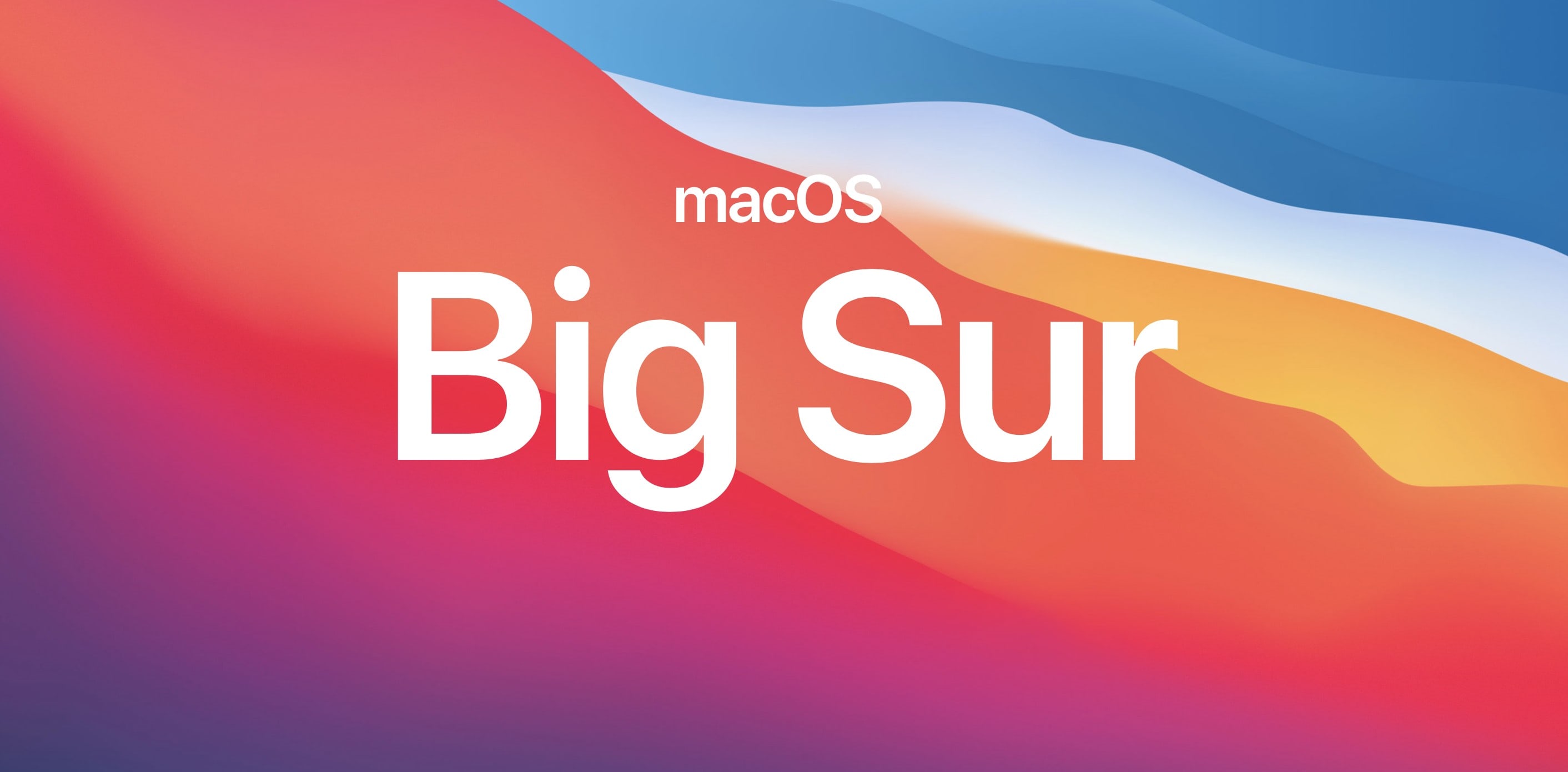
Apple this week published a support guide for those running into installation errors when updating to macOS Big Sur on a 2013 or 2014 MacBook Pro. Its tips may help bring bricked machines back to life.
Here are the steps you need to follow.

Apple this week rolled out a revised macOS Big Sur update for some Mac users. The version 11.0.1 release likely addresses some minor bugs and performance issues.
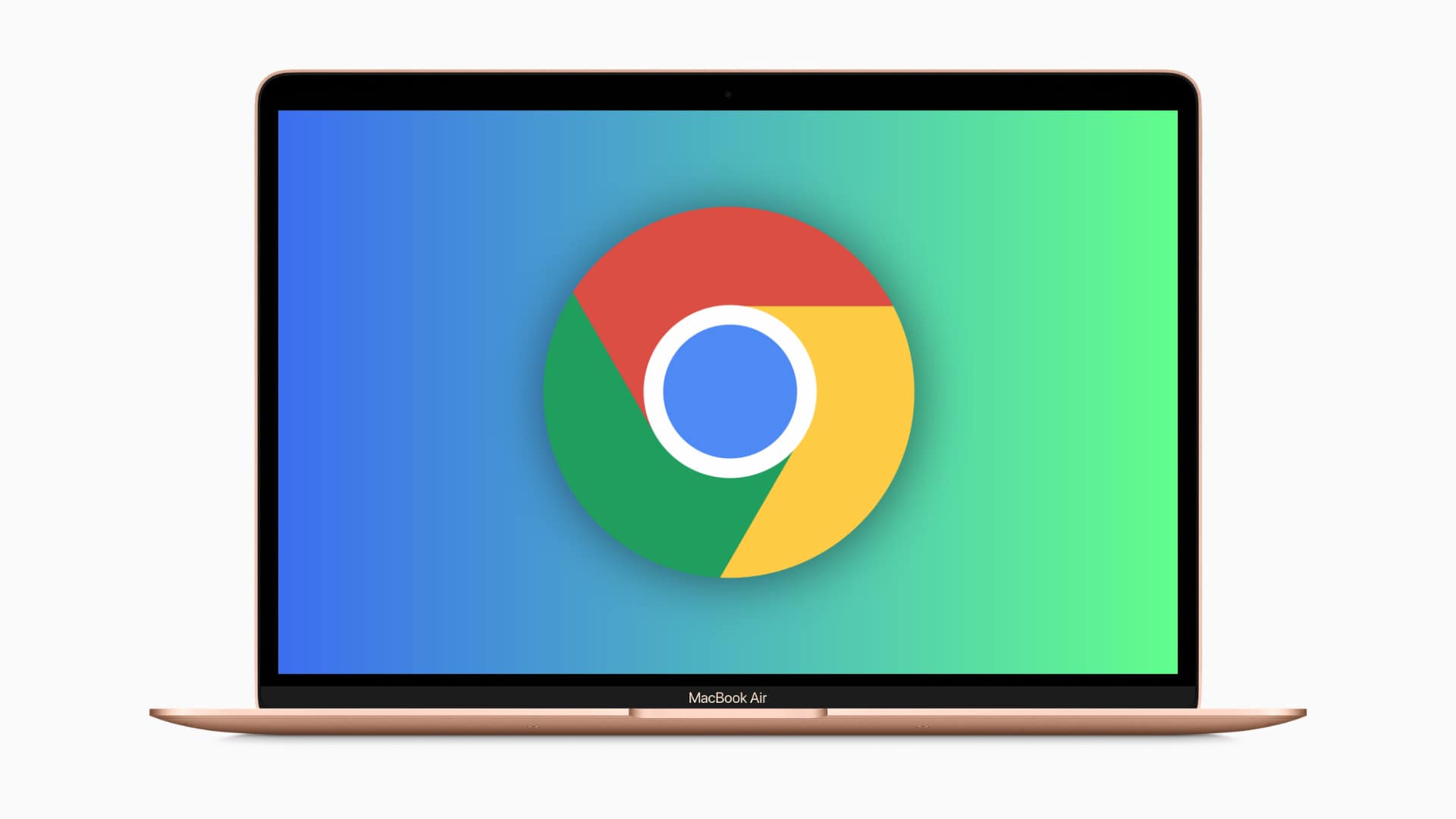
Google Chrome is today being updated to run natively on Apple Silicon. The newest version of the browser will be optimized for the M1 chip inside the new Mac mini, MacBook Air, and MacBook Pro.
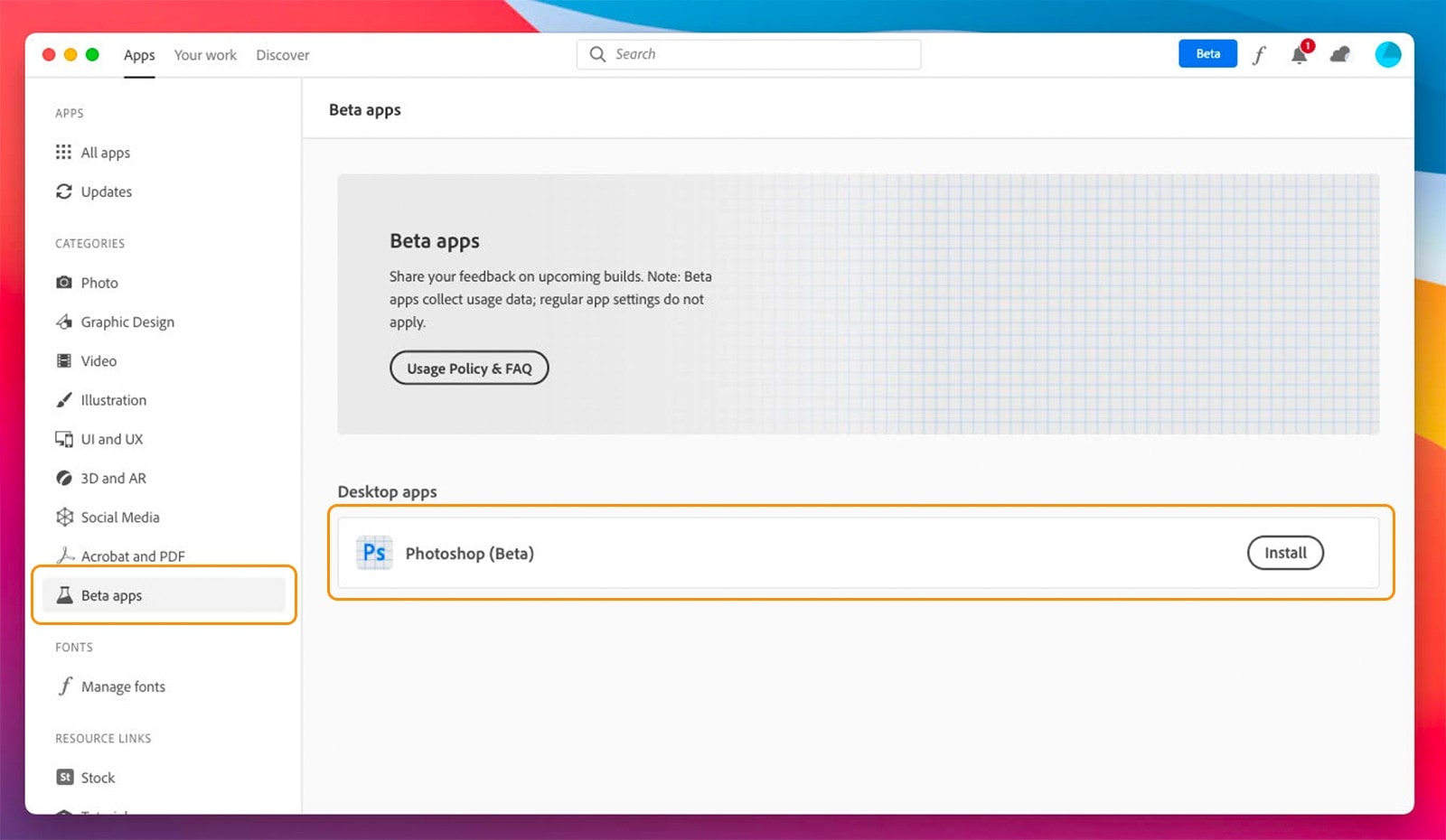
Adobe’s newest Photoshop beta adds support for new Apple Silicon chips for the first time. The update comes on the day Apple’s first M1 machines make their official debuts, with in-store pickup now available.
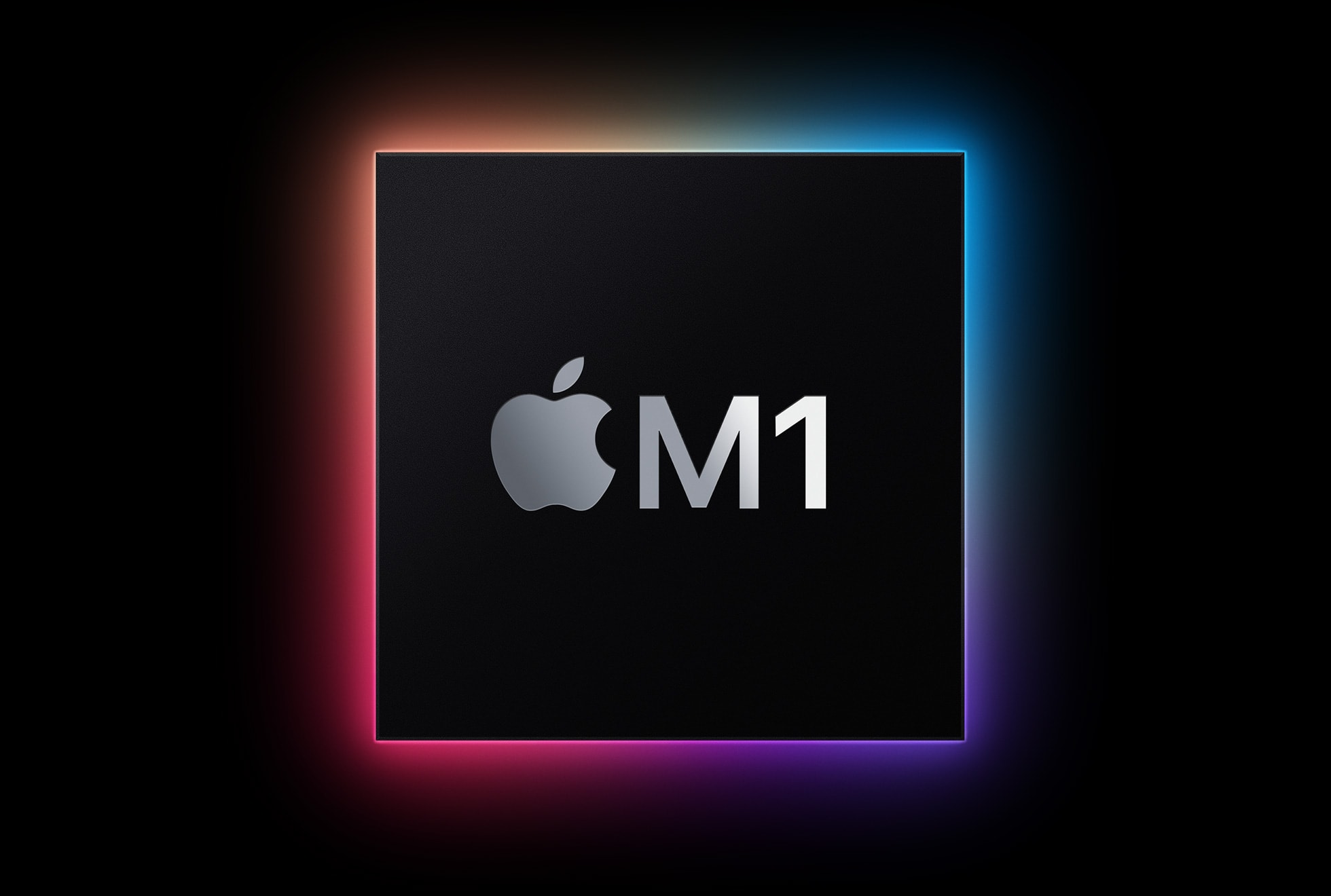
Apple’s new M1 chipset has been blowing away rival Intel chips in CPU performance benchmarks, and it doesn’t stop there. It turns out Apple Silicon can give many graphics cards a run for their money, too.
New tests reveal the M1 easily outperforms the Nvidia GeForce GTX 1050 Ti and AMD Radeon RX 560 in graphics benchmarks. It could make gaming on a Mac better than ever.
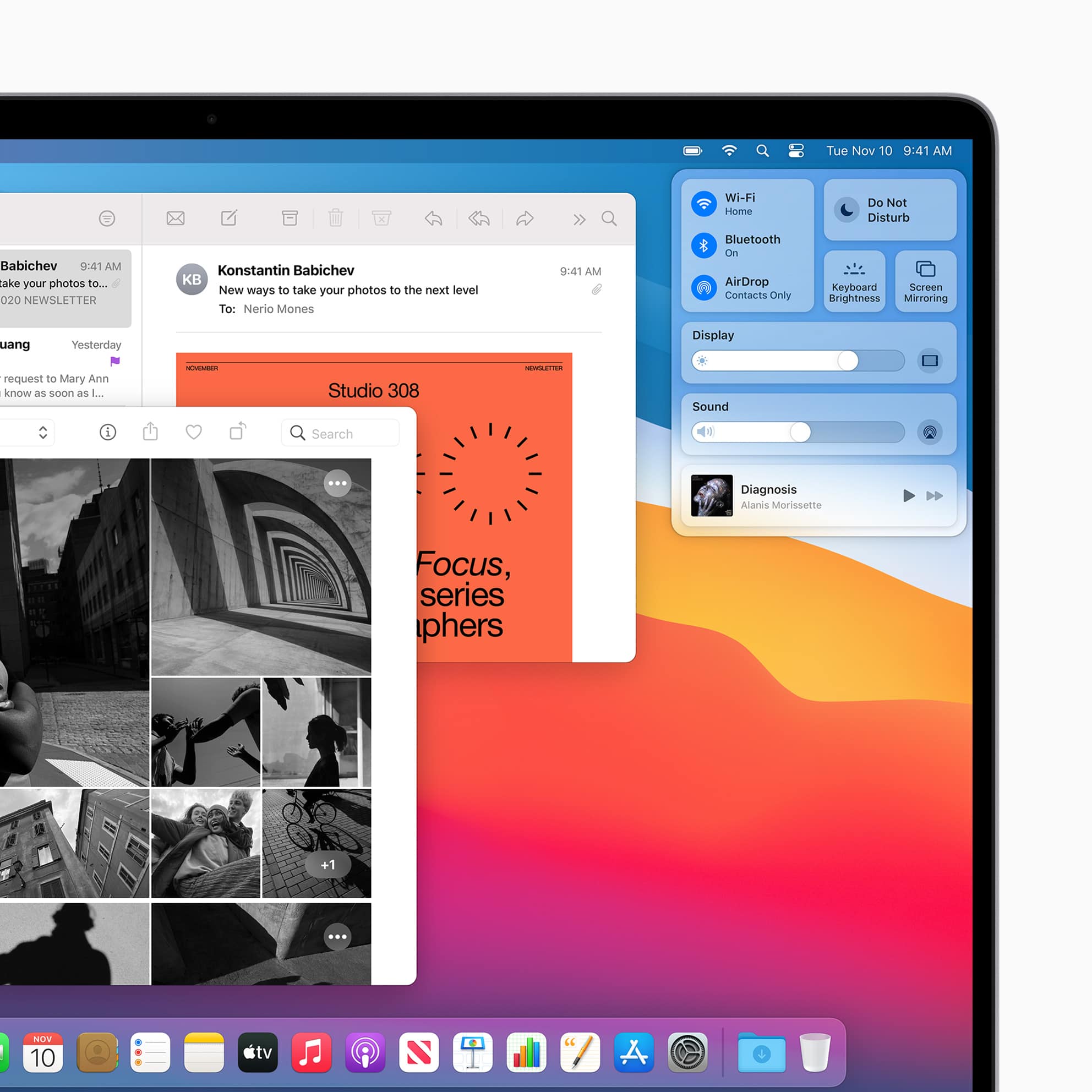
It looks like Apple finally fixed the problems that stopped some Mac owners from updating to macOS Big Sur on launch day.
The message from Cupertino seems to be: If at first you didn’t succeed, try, try again.
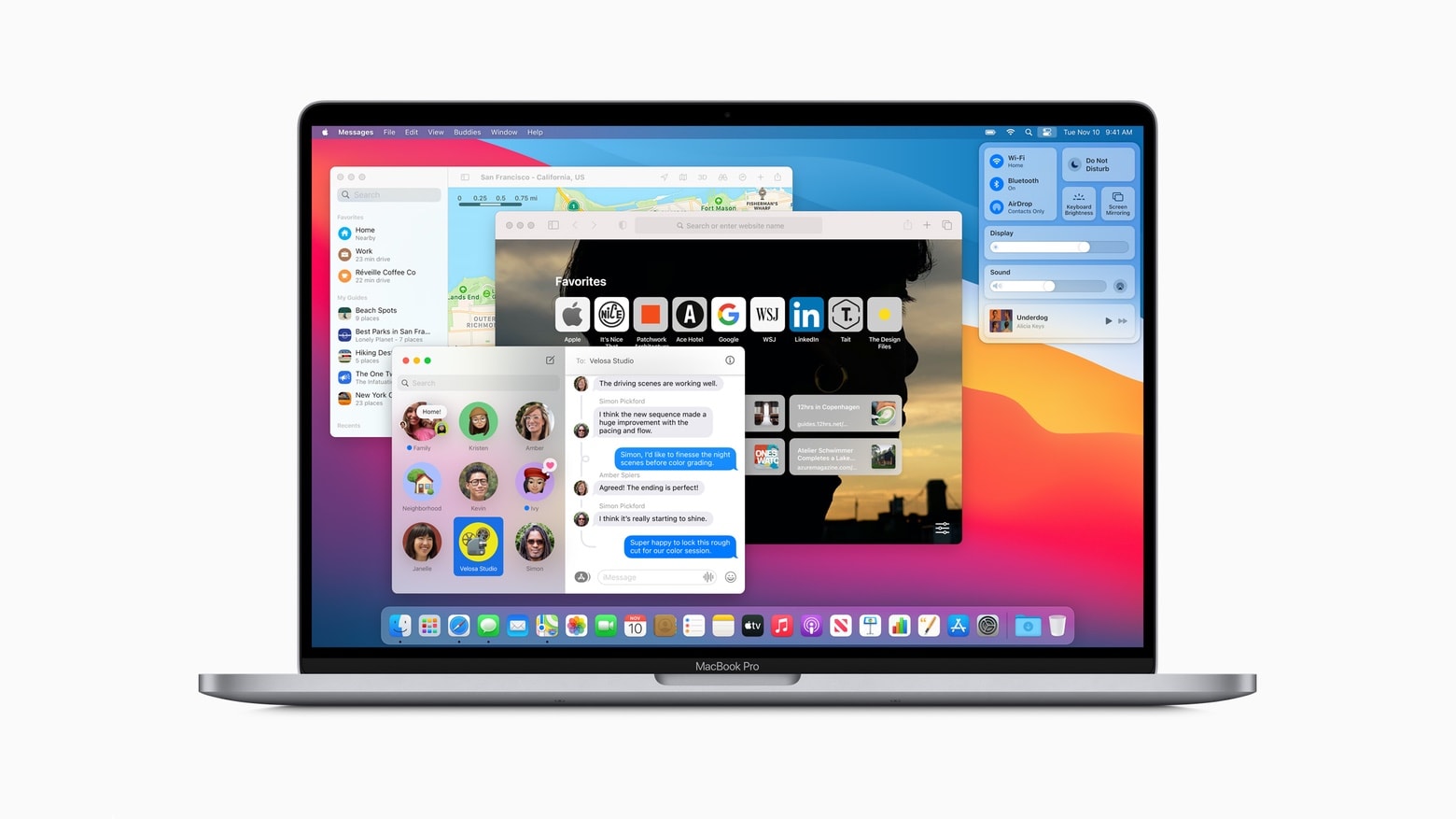
Apple released the final version of macOS Big Sur on Thursday. The new operating system offers the biggest design overhaul to the Mac user interface in nearly two decades. Plus, it brings big improvements to Apple’s bundled applications like Messages, Maps and Safari.
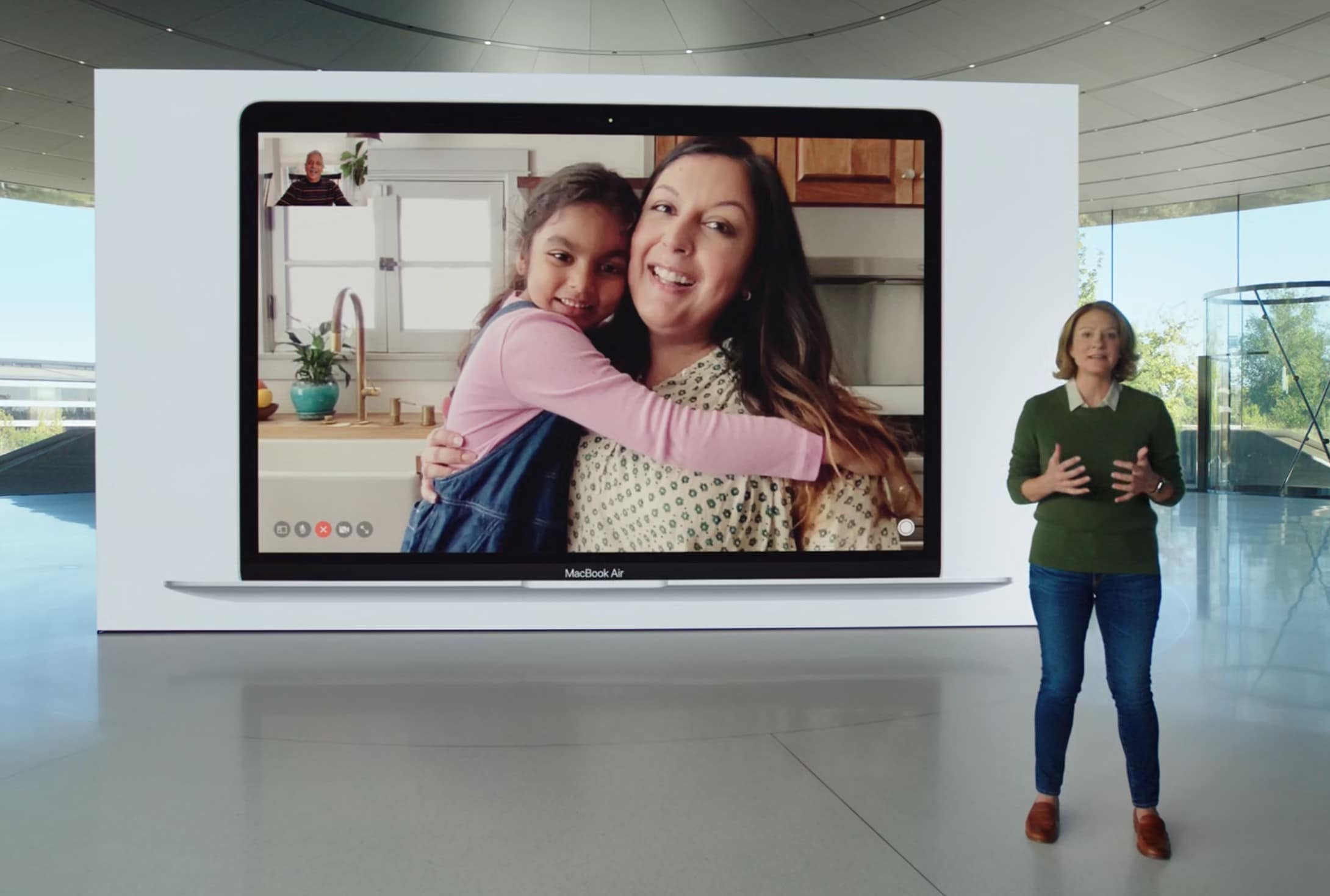
Apple’s hugely popular MacBook Air is now faster than 98% of all laptops, thanks to a brand-new M1 chip. The newest model, unveiled today during Apple’s “One More Thing” keynote, also features two times faster storage and vastly improved battery life.
What’s more, it’s the first MacBook Air that requires no fan, and it’s just as affordable as before. Order yours today!
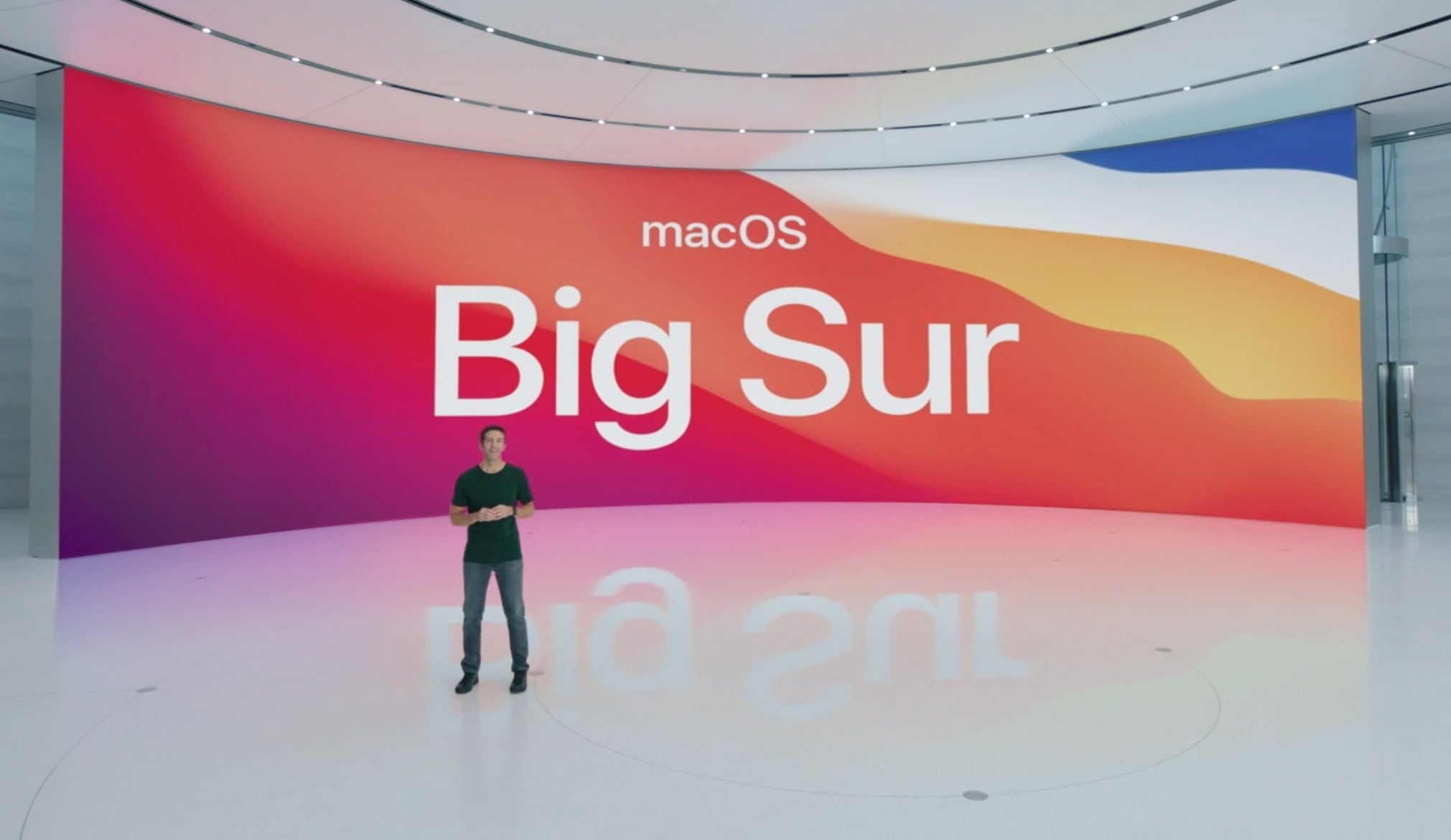
Apple’s new macOS operating system Big Sur is the first Mac operating system to be built with the new Apple Silicon M1 chip in mind. Big Sur brings with it a dramatic redesign and a host of big improvements to key apps like Messages, Maps and Safari.
The M1 chip optimization will also mean some massive speed improvements for top apps — including the ability for your Mac to immediately turn on when you wake it up, similar to the way an iPhone does when you pick it up.
And you don’t have long to wait.
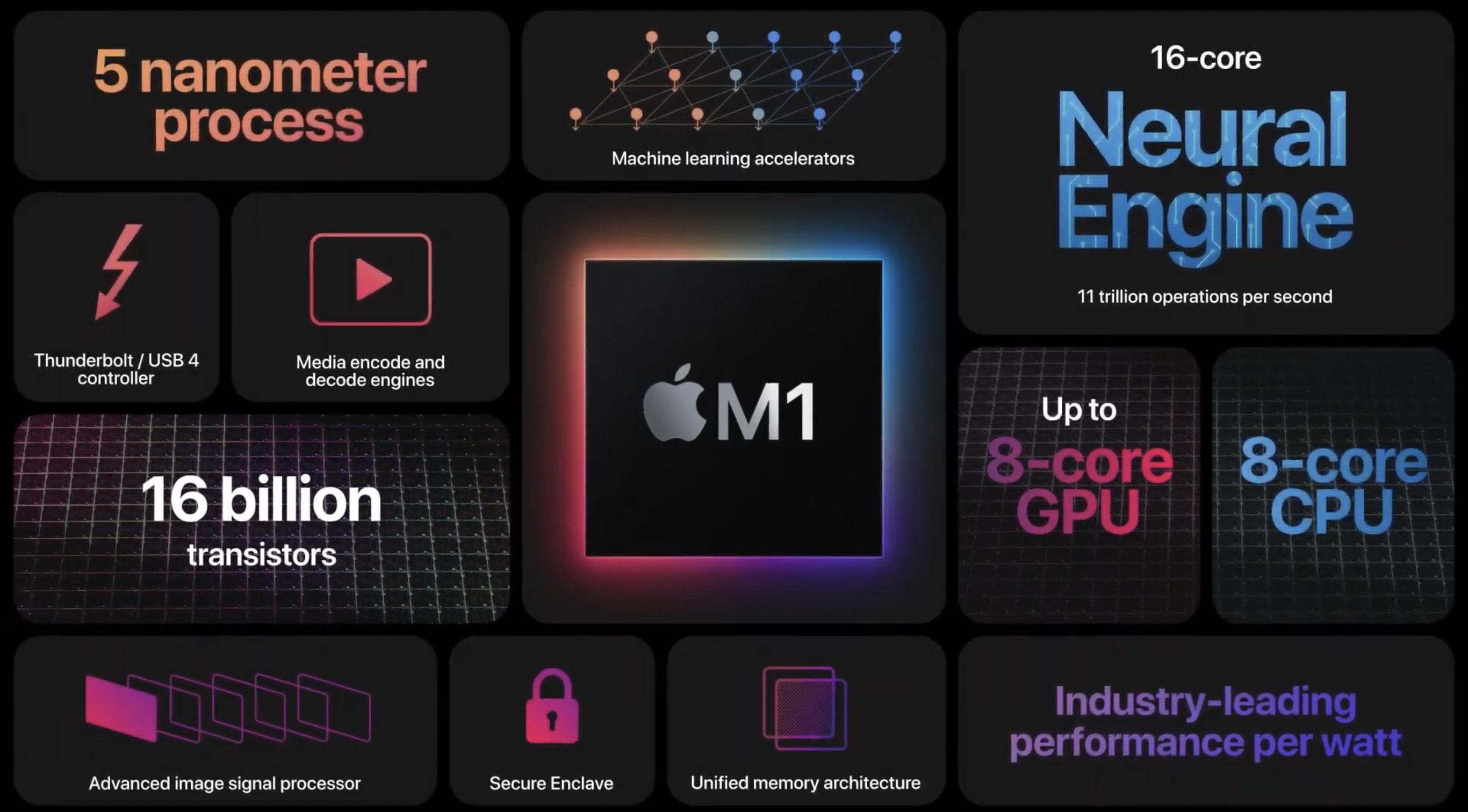
Apple on Tuesday delivered on its promise to unveil the first Apple Silicon chip before the end of 2020. Its brand-new M1 system-on-chip (SoC) promises industry-leading performance and power efficiency for the fastest, most impressive Macs to date.
The M1 chip is the first 5-nanometer computer chip, packing a whopping 16 billion transistors and the world’s fastest CPU cores. It also features an 8-core GPU that’s “in a class of its own,” Apple says.

Apple’s next big keynote of 2020 is less than a couple of hours away. We expect the “One more thing” event to bring the first Macs powered by Apple Silicon, new AirPods Studio headphones, and more.
When the keynote kicks off at 10 a.m. Pacific, you’ll be able to watch it live online from almost anywhere. We’ll tell you how.
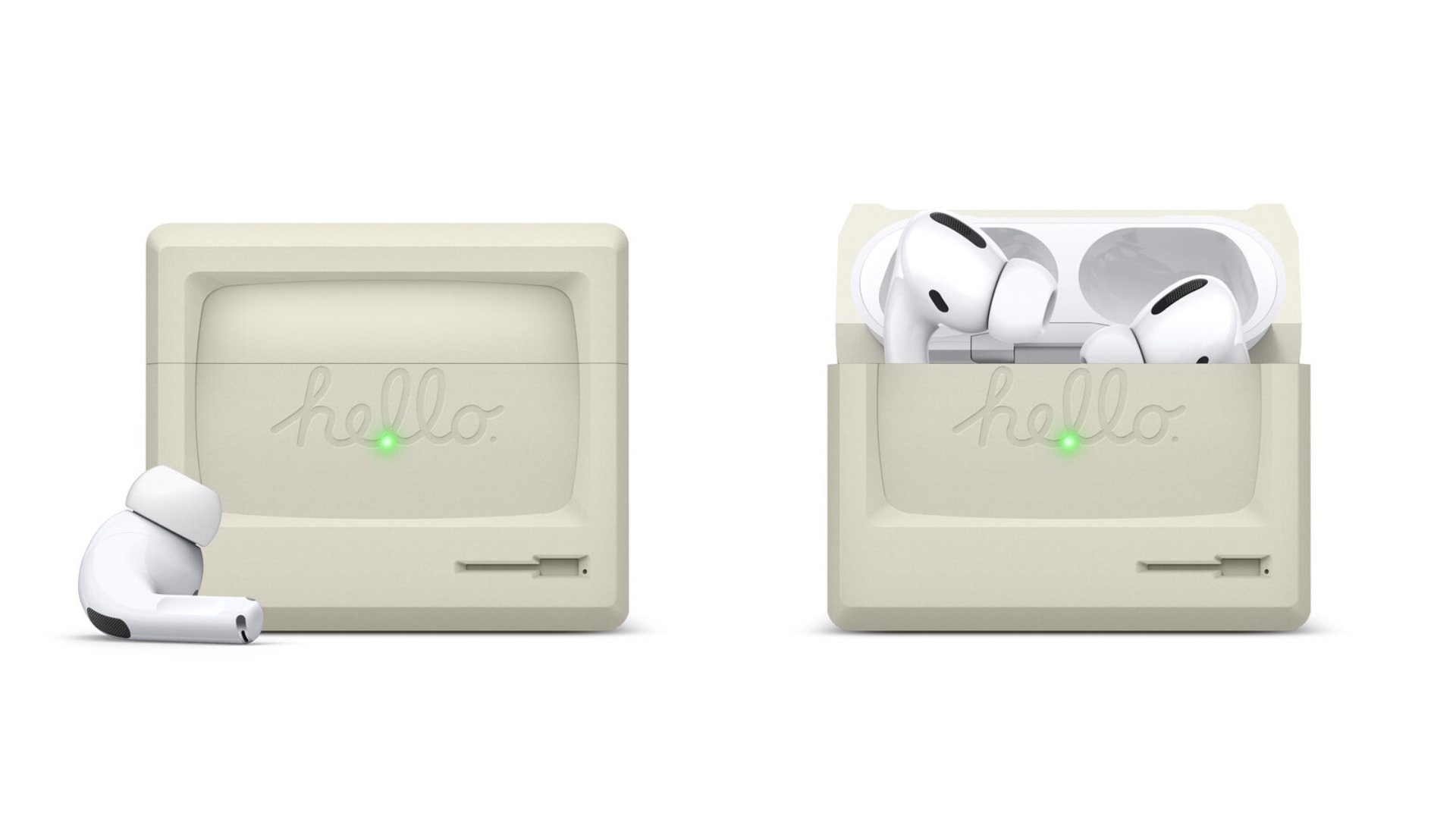
Elago’s terrific AW3 case inspired by the original Macintosh is now available for AirPods Pro. It’s made from super-sturdy silicone that keeps your pricey buds protected, and its attention to detail is outstanding.
It’s unbelievably affordable, too!
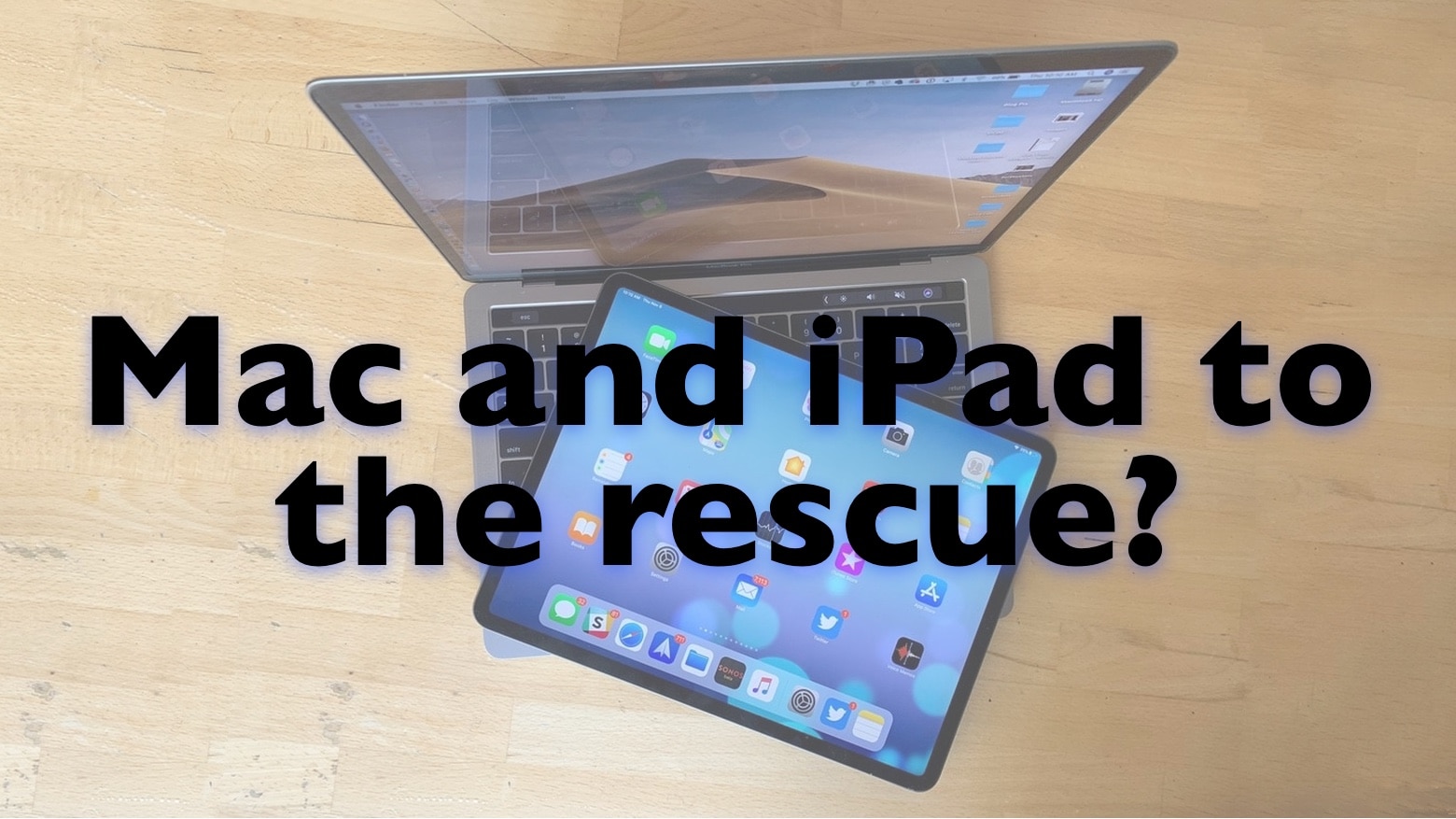
Weak iPhone sales likely pulled down Apple earnings in its last financial quarter. But the COVID-19 pandemic almost certainly pushed up demand for iPad and Mac. Still, total revenue is expected to be down slightly.
We’ll find out for sure Thursday when Cupertino announces its financial results from the July-through-September period.

Apple now has its very own music channel, dubbed Apple Music TV, that streams music videos and more 24 hours a day. You can watch it on any Apple device (as long as you live in the U.S.) absolutely free.
Here’s how — and what you need to know.
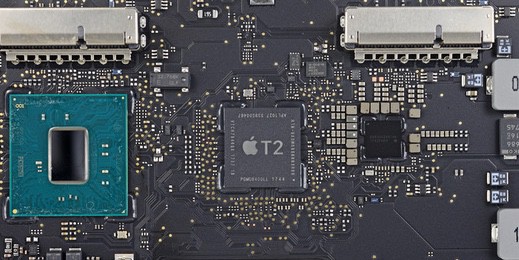
Security researcher Niels Hofmans of ironPeak has confirmed a T2 chip security flaw. These chips have been found in all new Macs made since 2018.
At its worst, the vulnerability — which is reportedly “unpatchable” — could allow an attacker to interfere with Macs in “classic evil maid” attacks involving an unintended computer. This might open the door for new ways for law enforcement to access suspects’ Macs to retrieve information, for example.
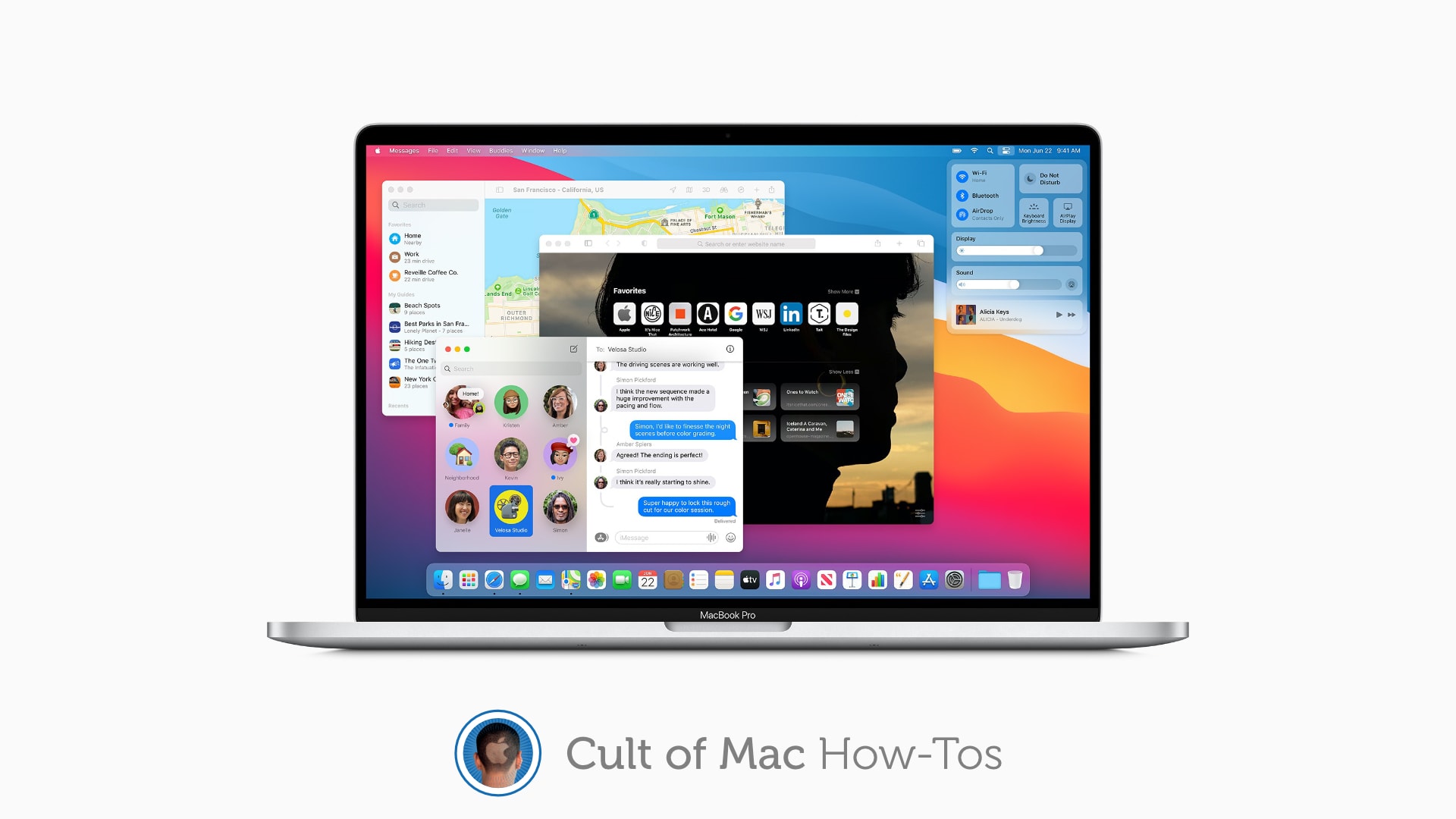
With the public release of macOS Big Sur right around the corner, it’s a good time to think about leaving the beta program — especially if you’ve been running the new release on your primary machine.
Dropping out ensures you get stable releases and quick fixes as soon as they’re available, and prevents potentially buggy future betas from being installed on your device. We’ll walk you through the process.
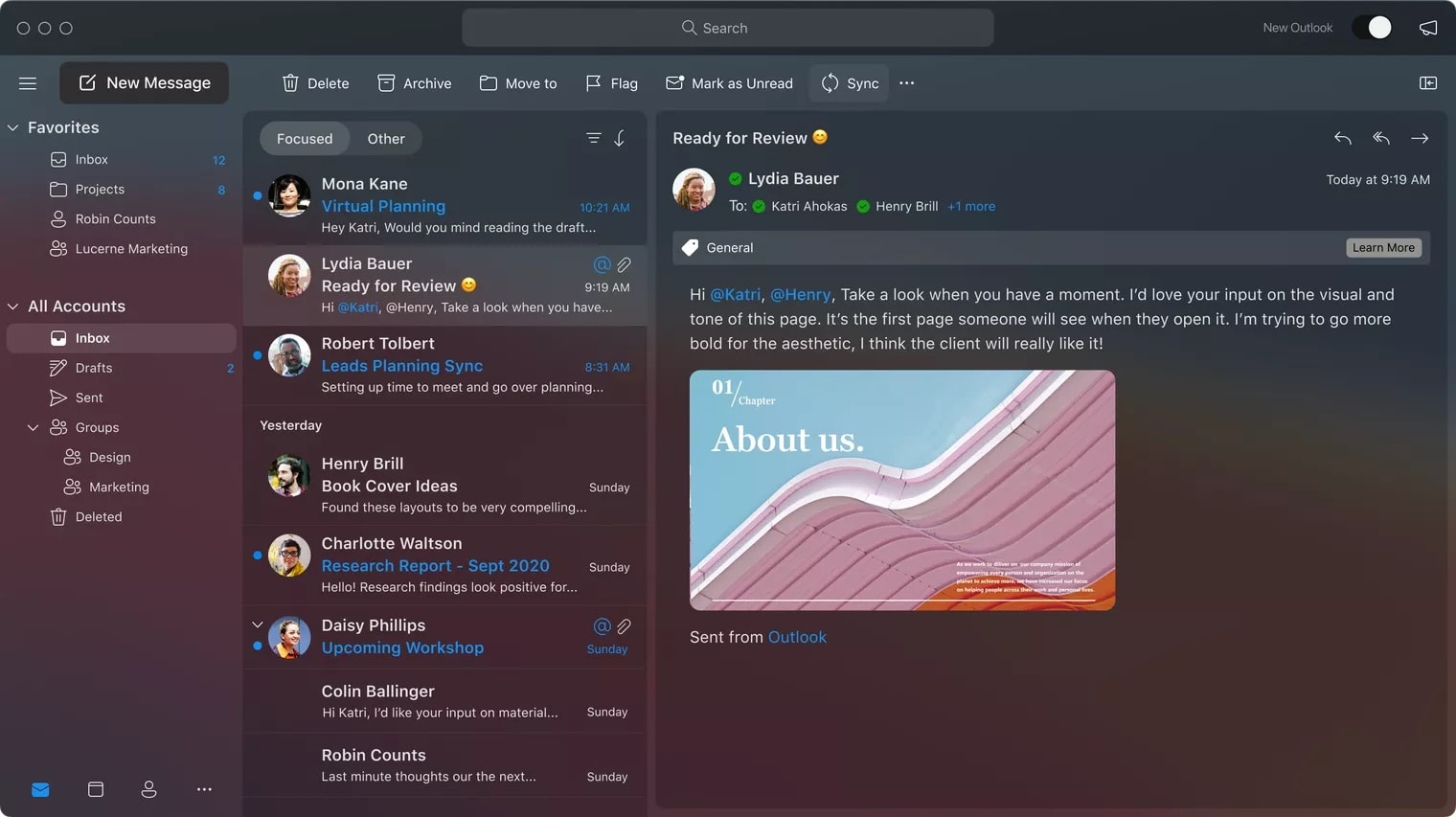
Microsoft is working on a major Outlook redesign inspired by macOS Big Sur. Its new app, which is redesigned from the group up and promises to deliver a reimagined email experience, will land in October.
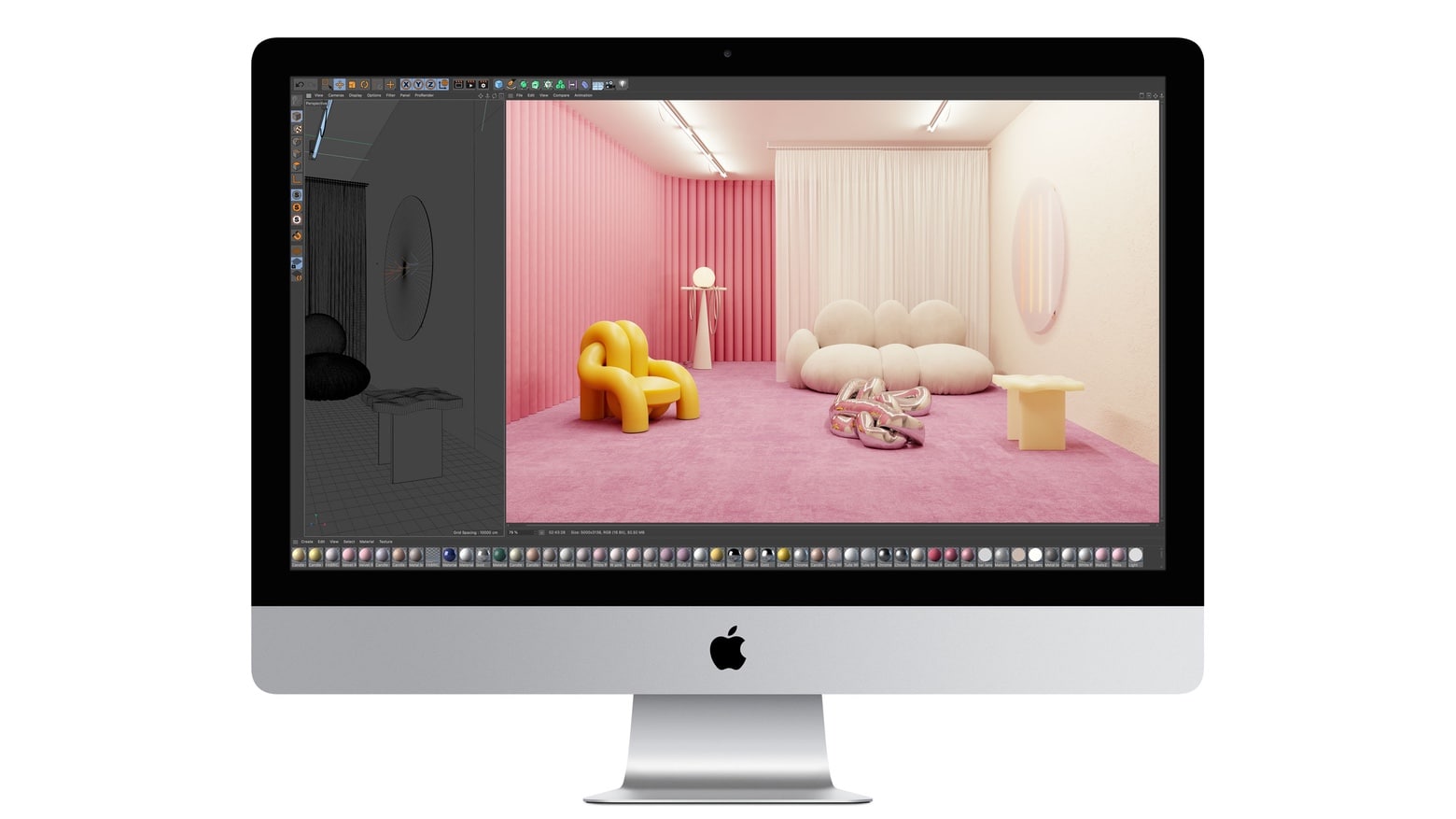
Apple fans love to complain every so often, but overall they remain pretty darn satisfied when it comes to the company’s personal computer offerings.
That’s according to data from the American Customer Satisfaction Index, which reports that Apple ranks No. 1 in user satisfaction for personal computers with a score of ACSI score of 82. This ranking covers iMacs, MacBooks and iPads.

Apple rolled out major improvements to Final Cut Pro X on Tuesday that promise to make life a little easier for remote video editors. The changes are designed to speed up workflows and enhance portability.
Here are all the changes this update brings.
![Apple at $2 trillion is amazing for investors, but boring for fans [Opinion] Tim Cook WWDC](https://www.cultofmac.com/wp-content/uploads/2020/06/Tim-Cook-closeup-WWDC-2020-e1597944257184.jpg)
Apple’s surge past a $2 trillion market cap this week underlines just how well CEO Tim Cook’s vision works for shareholders. But is this good news for Apple fans?
The first publicly traded U.S. company to hit this milestone, Apple has transformed from one of the world’s dynamic companies into one that can be, well, kind of boring. The strategy that fueled this unprecedented success makes it far less likely that we’ll seen an insanely innovative product coming out of Cupertino in the future.

Buying a new Nintendo Switch memory card, or simply worried you might one day lose all your precious save data? Back up your Switch to your Mac for peace of mind and easy save transfers. We’ll show you how.
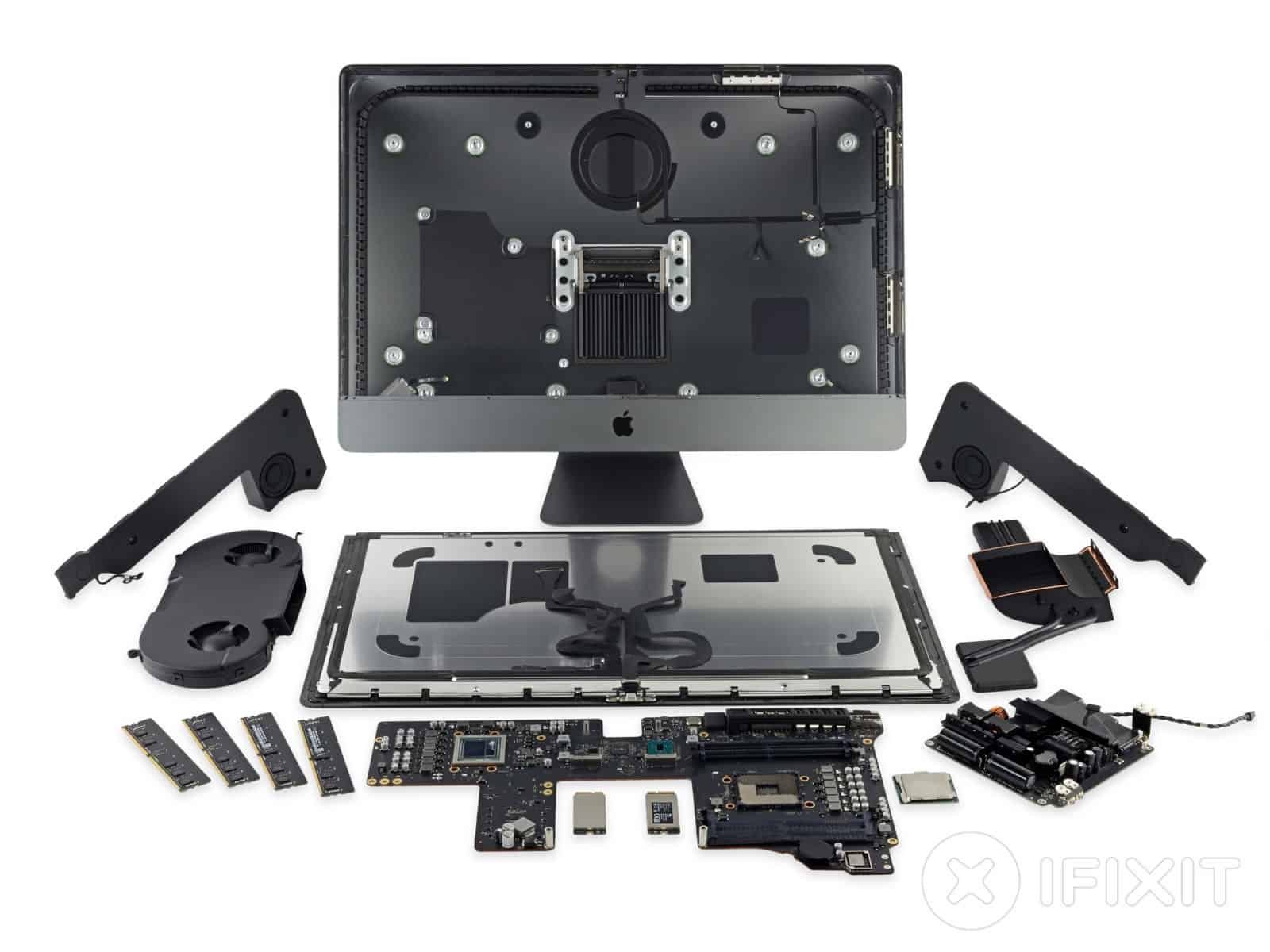
Apple opened the Independent Repair Provider Program to Mac. Starting Monday, Apple will provide parts and training to third-party businesses so they can fix macOS computers.
Previously, the program only made it easier for independent repair shops to service out-of-warranty iPhones.
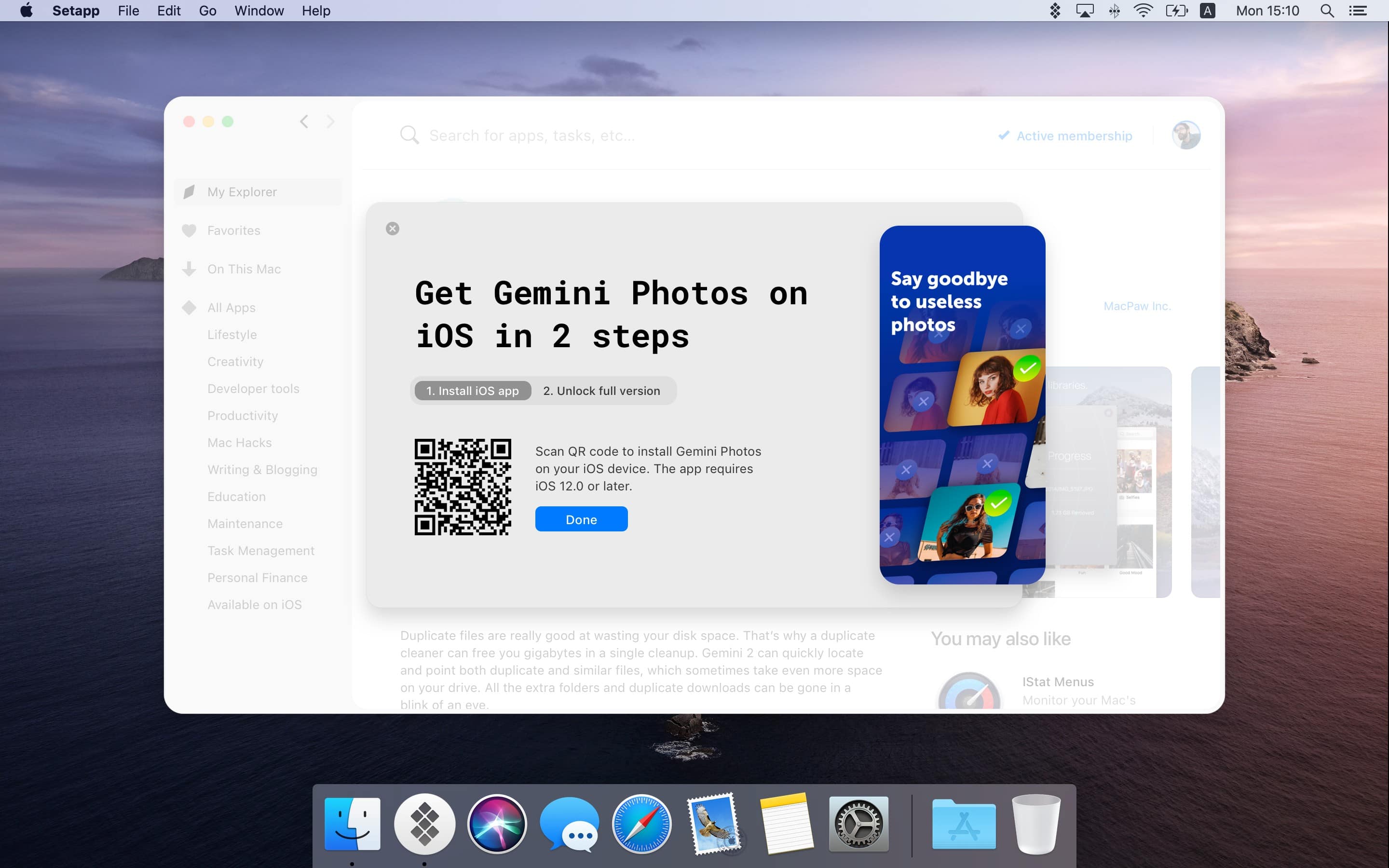
Setapp, the brilliant app subscription service from MacPaw, has finally landed on iOS. The service offers eight titles at launch, including task-management app 2Do and wonderful writing tool Ulysses.
A small monthly fee gets you complete, unlimited access to every app in the catalog, with more being added on a regular basis. And if you’re already a Setapp subscriber, you may get the iOS apps for free.
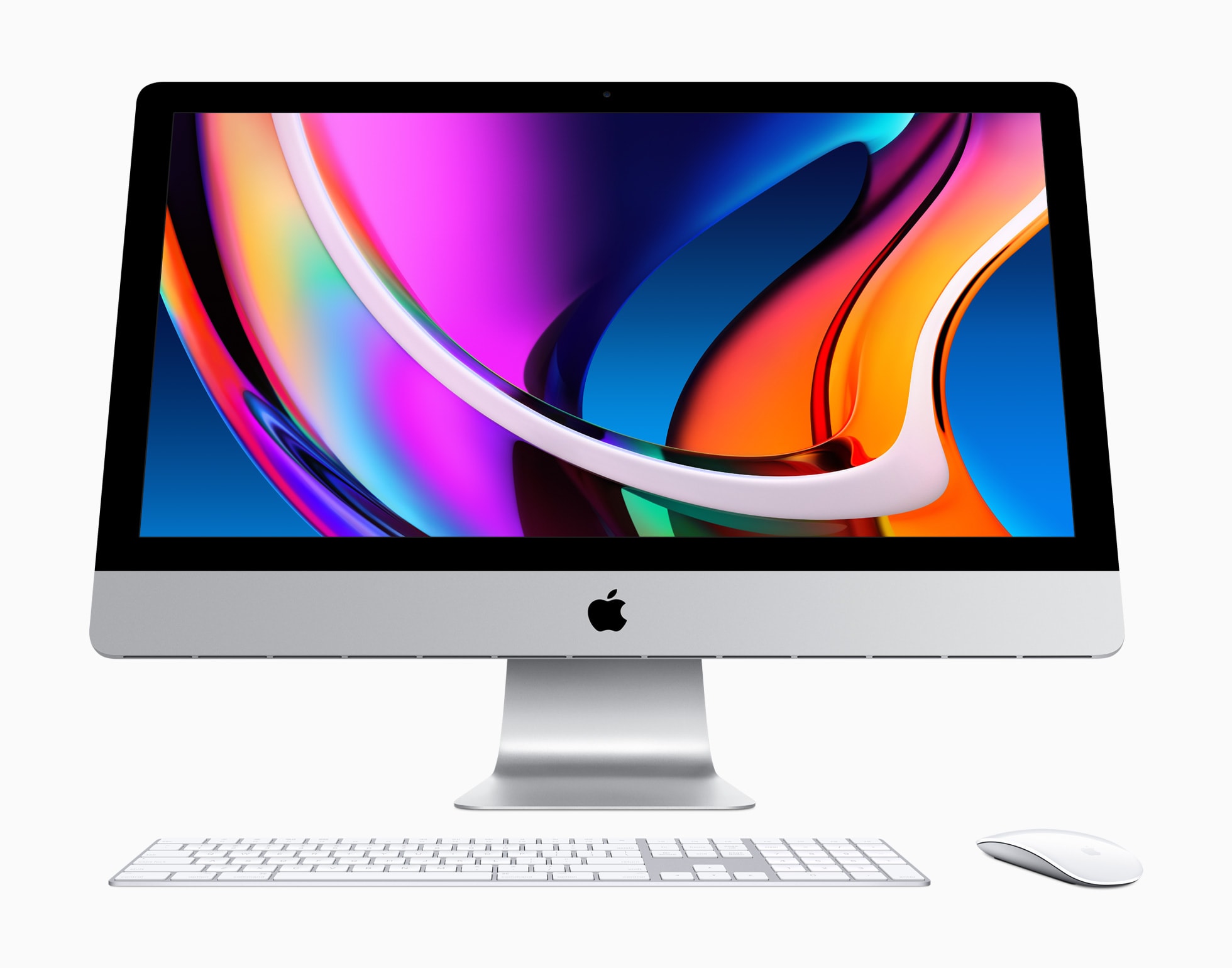
Apple’s newest iMac is by far the fastest yet, with huge increases in both CPU and GPU performance. It also ships with improved speakers and microphones. And yet, it seems a lot of Apple fans don’t care.
The reason? The new iMac is powered by Intel processors, like all its predecessors since 2006, instead of Apple Silicon. Since Apple revealed its plan to switch to its own custom chips at the Worldwide Developers Conference in June, Intel processors just don’t hold the same appeal.
But there are some great reasons to continue buying Intel-powered Macs in 2020. Here are a few.

Strong sales of iPad and Mac during Q2 2020 propelled Apple closer to taking the lead in the worldwide computer market. But they weren’t quite enough to push Lenovo out of the top spot, according to a market-research firm.
Still, the Mac-maker stayed ahead of rivals HP, Dell and Samsung as the global computer market grew 14% year over year.